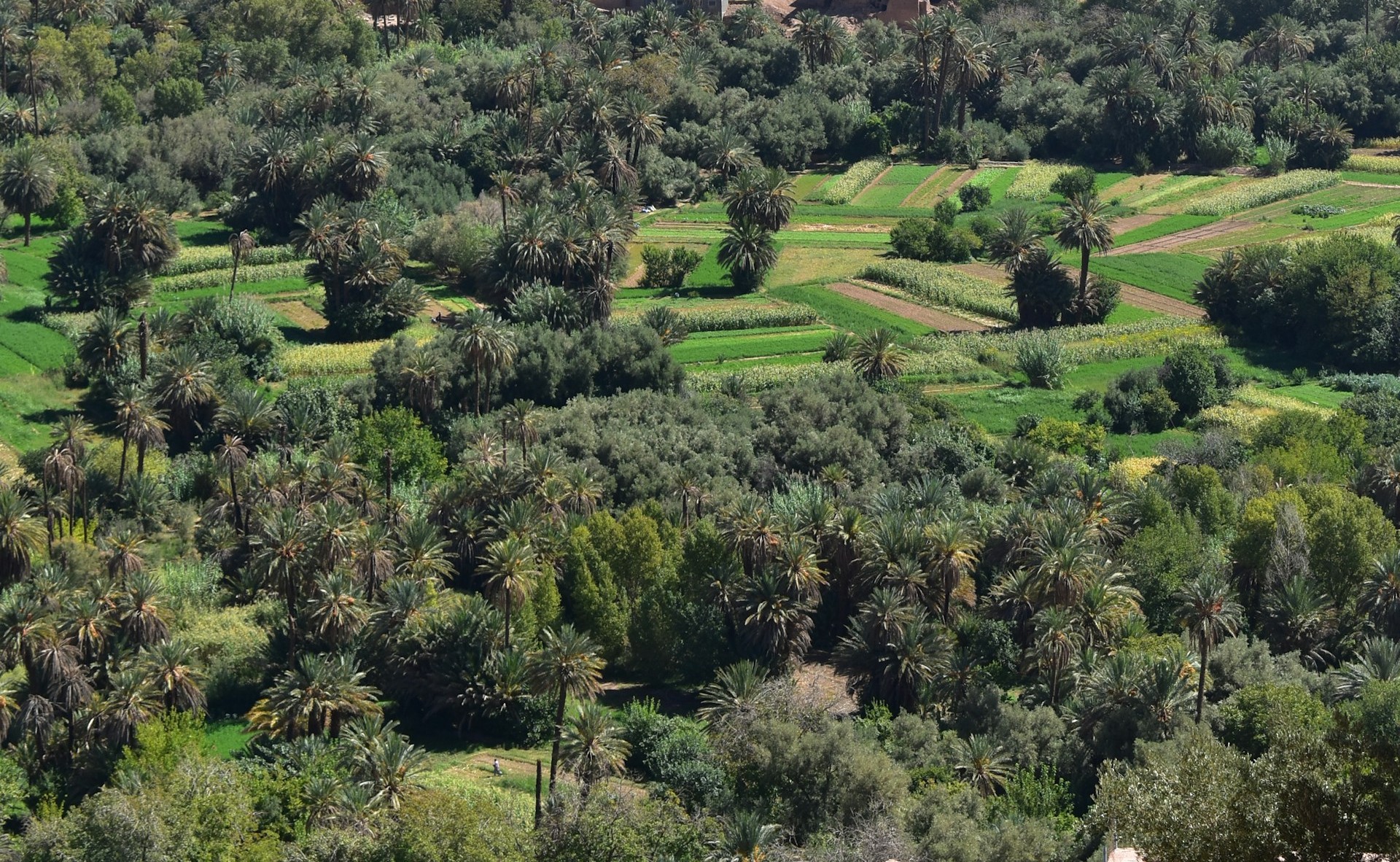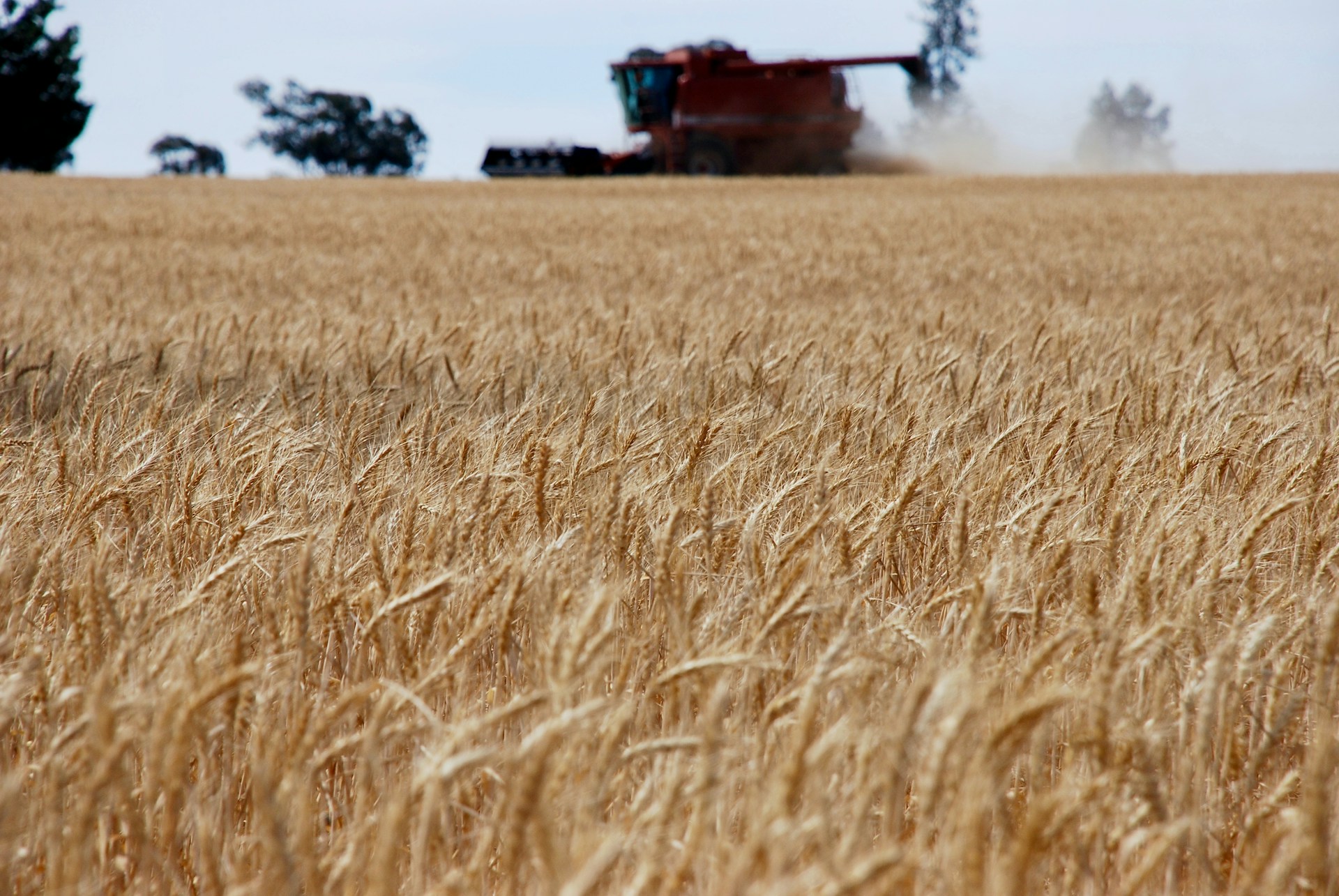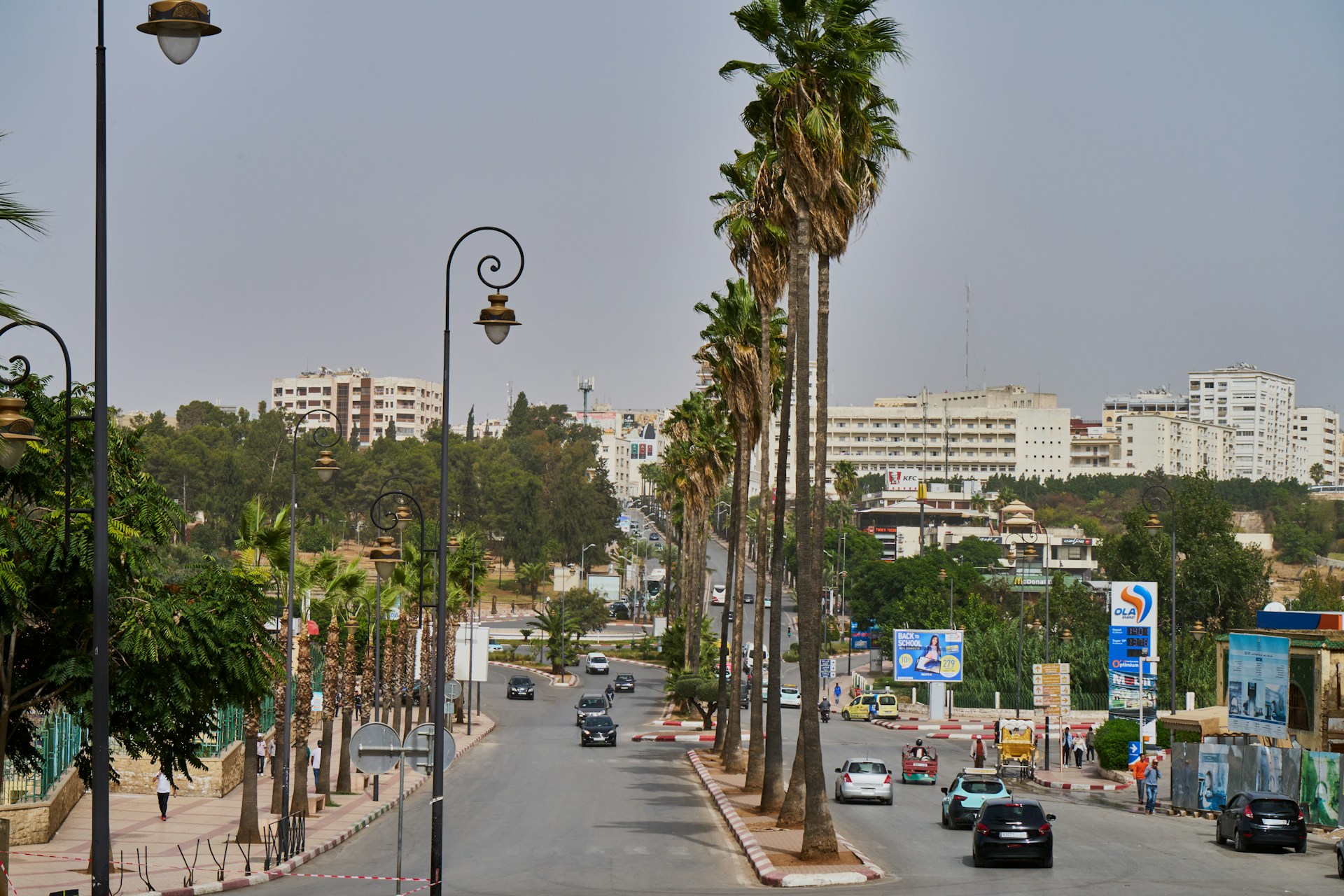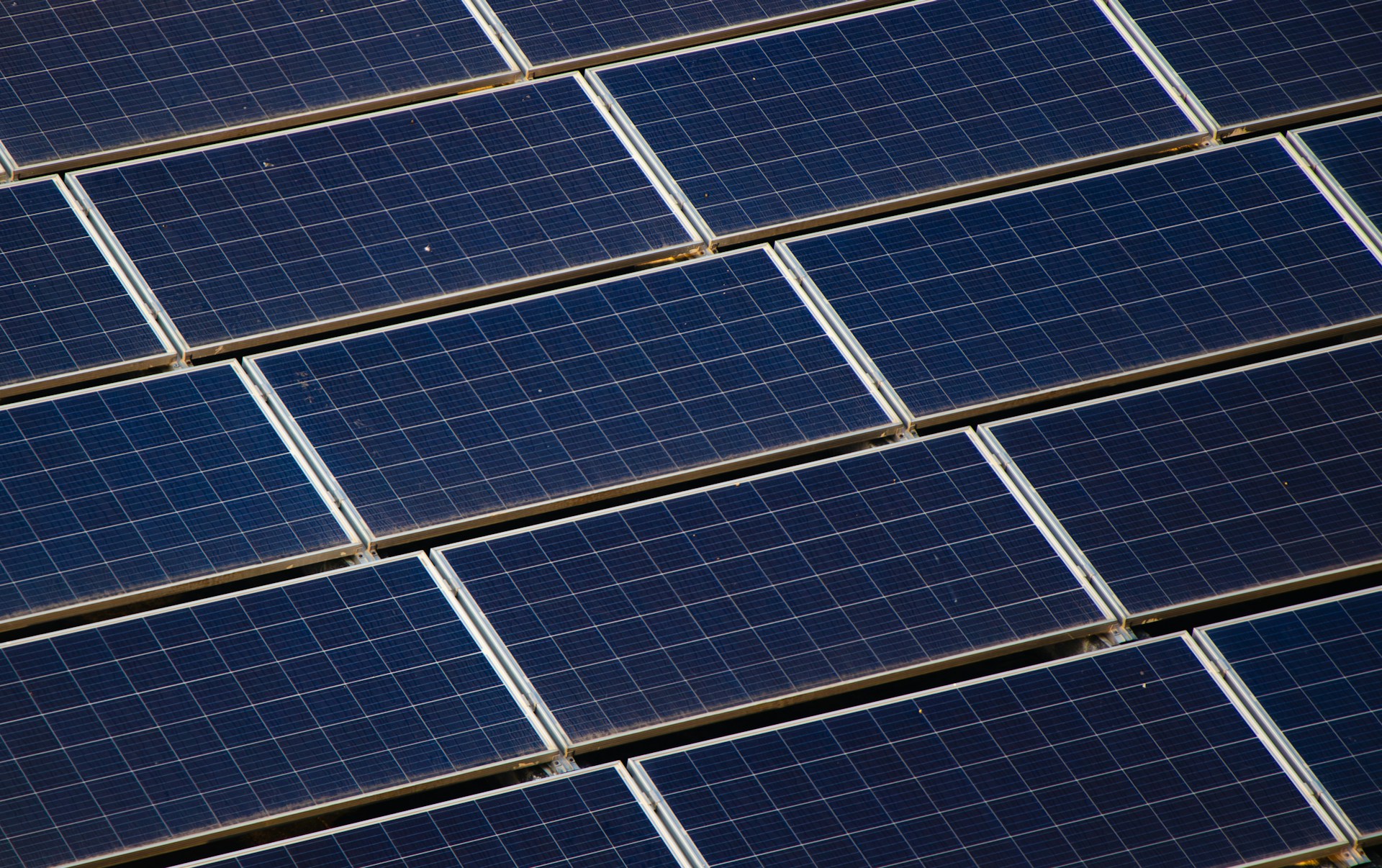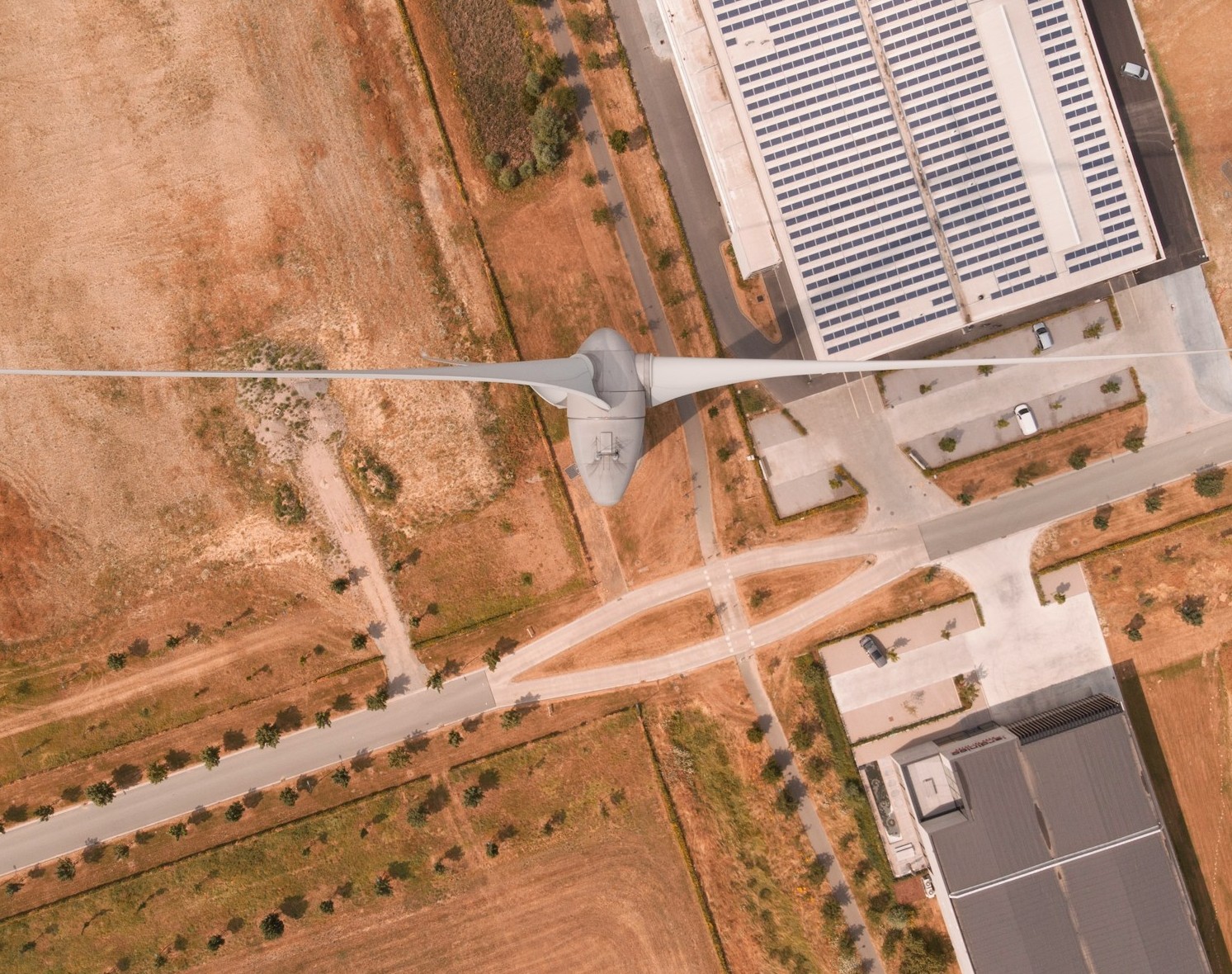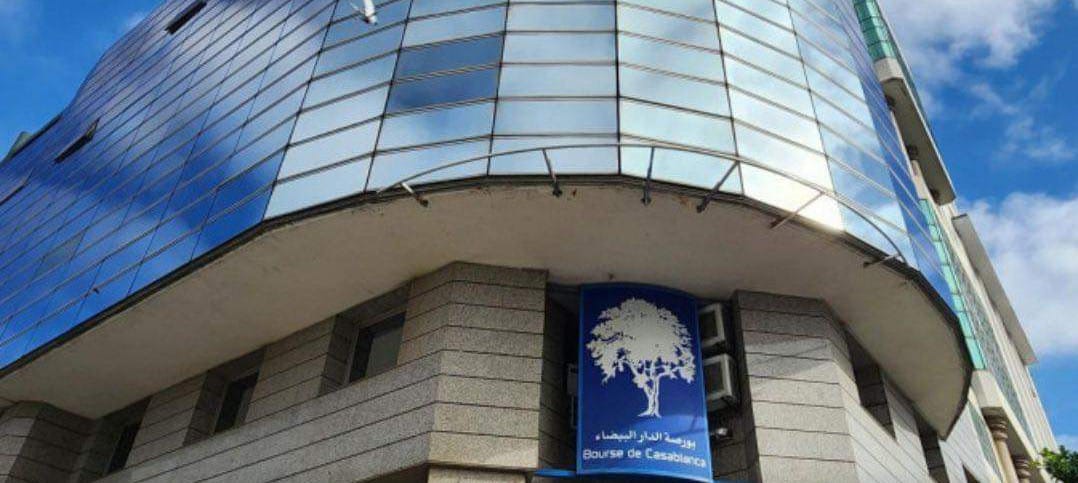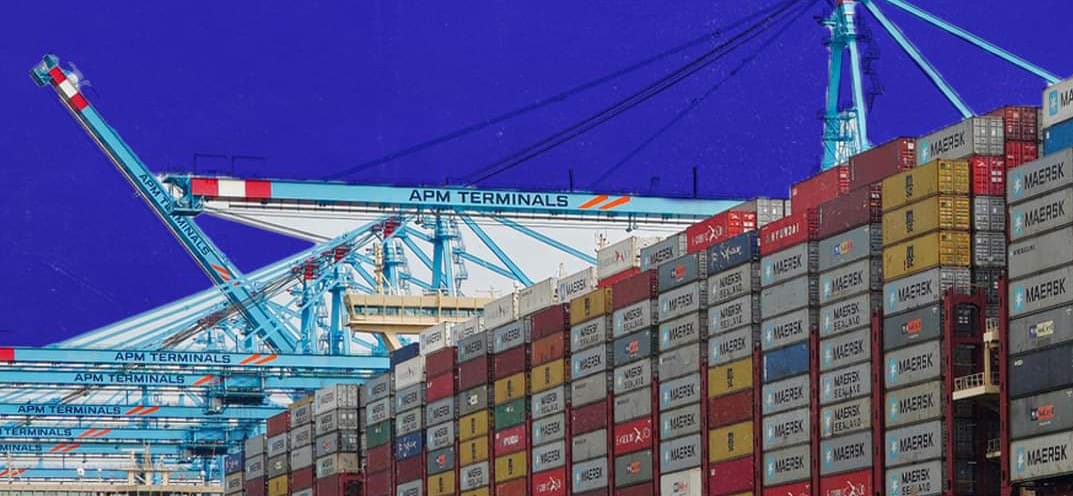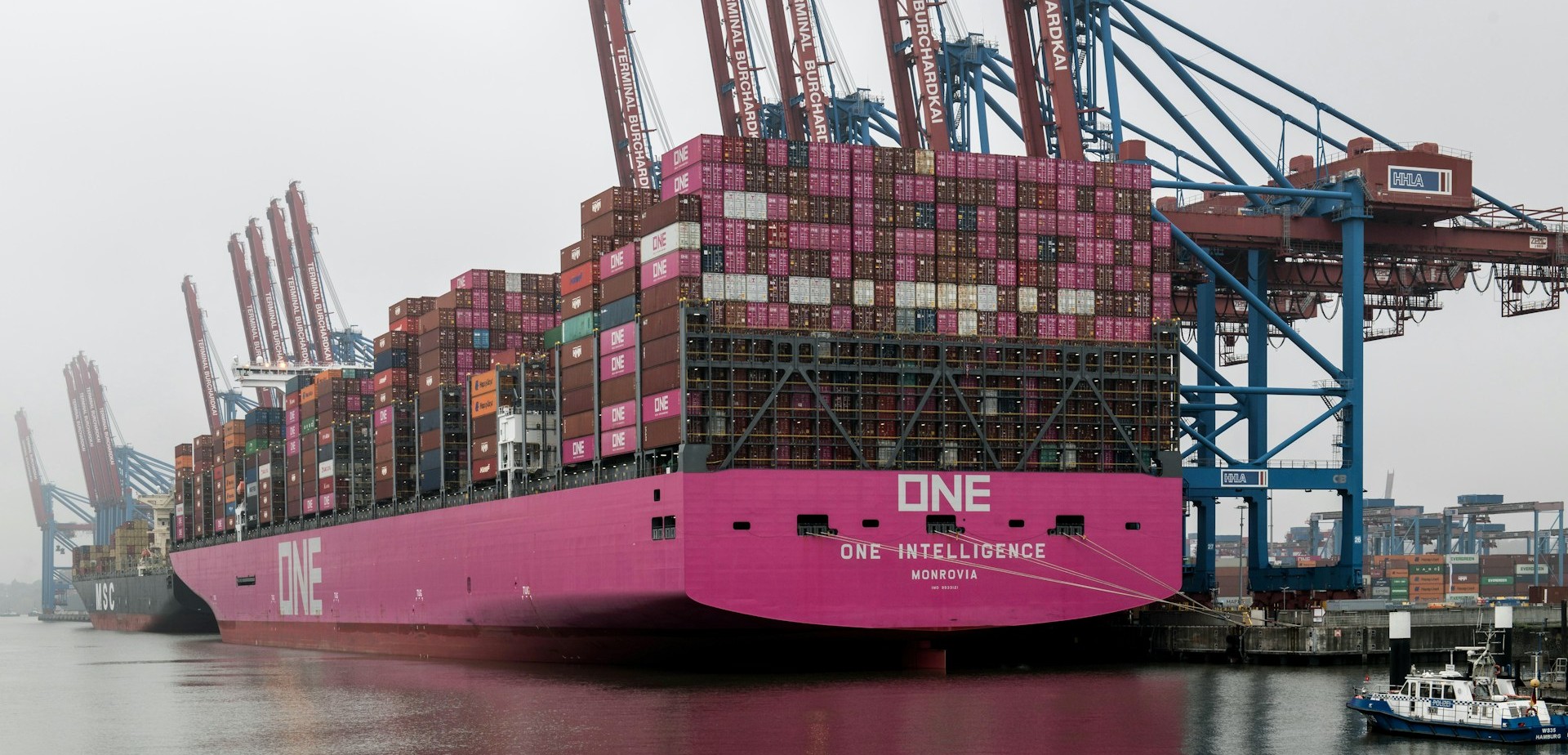Casablanca – Morocco’s Ministry of Economy and Finance has revised its macroeconomic projections, forecasting stronger growth and lower inflation for 2025 while setting out key fiscal priorities for the three-year period leading up to 2028.
According to the Budget Execution and Macroeconomic Framework Report, published at the end of September, the ministry expects the national economy to expand by 4.5% in 2025, compared to 3.8% in 2024. The rebound is attributed largely to an anticipated improvement in agricultural performance and continued dynamism across services and industry.
The agricultural sector, which has struggled in recent years due to irregular rainfall, is projected to see value added growth of 5.1% in 2025 thanks to improved cereal harvests. Industrial activities are expected to slow slightly, with secondary-sector growth revised down to 3.7%, following a strong rebound in 2024. The services sector, however, is projected to maintain solid momentum, expanding by 4.2% in 2025.
At the same time, the government has lowered its inflation forecast to 1.1%, down from an earlier projection of 2.0%. The revision is based on updated consumer price index data, reflecting easing pressures on household purchasing power.
The report notes that 2024 was marked by resilience in overall GDP despite weak agricultural output. “The recovery of secondary activities after two difficult years helped sustain economic growth and maintain national momentum,” the ministry stated.
Macroeconomic outlook 2026–2028
Looking ahead, Morocco’s economy is expected to remain on a stable growth path. The ministry projects GDP growth of 4.5% in 2026, slightly above the medium-term target of 4%. Growth is then forecast to moderate to 4.1% in 2027 and 4.2% in 2028.
To reinforce stability, the government aims to reduce the budget deficit to 3% of GDP from 2026 onwards. Public debt is also expected to decline gradually, from 65.8% of GDP in 2026 to 64.1% in 2028.
Despite favorable growth projections, the current account deficit is set to remain modest, at 1.3% of GDP in 2026 and 2027, rising slightly to 1.5% in 2028.
Three strategic priorities
The government has identified three main priorities to guide fiscal and economic policy during 2026–2028:
- Controlling public-sector employment – ensuring recruitment focuses on essential needs while optimizing human resource allocation at regional levels.
- Rationalizing current expenditures – reducing costs related to utilities, telecommunications, travel, hospitality, events, and consultancy services.
- Improving investment efficiency – prioritizing projects tied to agreements signed before the King and with international partners, accelerating ongoing projects, and minimizing costs for administrative assets such as vehicles and buildings.
The ministry also emphasized the importance of strengthening the legal framework for expropriation for public use, ensuring that land issues are resolved before new projects are launched.
Promising prospects
Despite persistent global trade tensions, the government remains optimistic. “Medium-term growth prospects for the national economy are promising,” the report concludes, highlighting the expected contributions of domestic consumption and investment as key drivers of growth.
Private and public consumption is expected to contribute about 3.1 percentage points to growth in 2027 and 3.0 points in 2028. Investment is forecast to add 1.5 points in 2027 and 1.3 points in 2028, while foreign trade is projected to weigh negatively by about 0.4 points annually.
This latest update, issued ahead of the 2026 draft finance bill, signals the government’s determination to balance growth with fiscal discipline while focusing on efficiency and resilience in public spending.
